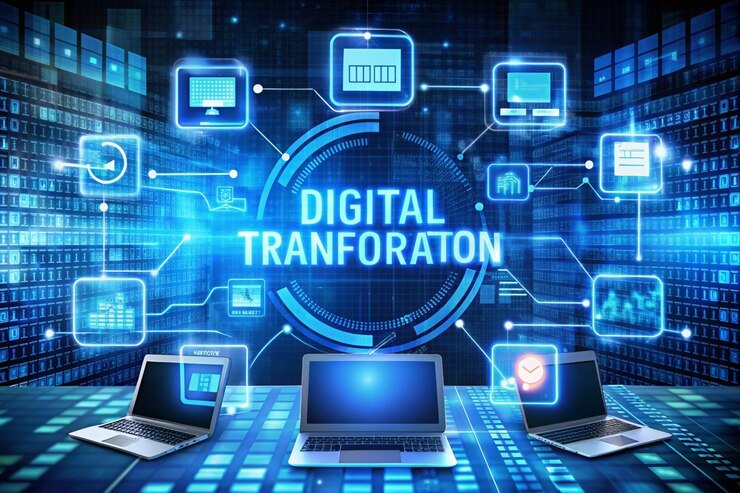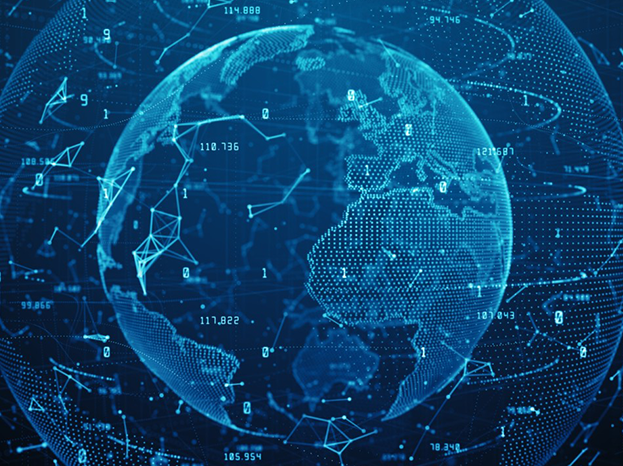Imagine your 10th-grade Math class is happening in 2025. Apart from the usual dread of algebra, there is one peculiar feature. Right before Sam, the class teacher, starts the lesson, the iPads on students’ desks light up with a new notification “Tailored learning plan – 13 Apr 2025: Solving Differential equations”.
What is unique about this is the ‘Tailored’ part. Instead of Sam coming in with a prepared lecture that she would deliver irrespective of the learning capabilities and needs of the students, she used Generative AI (GAI) to create a custom learning plan for each student. GAI analysed every student’s performance history and came up with a specific plan to ensure her teaching experience is not just a one-size-fits-all approach.
Instead of teaching, it is now transformed into a ‘learning experience’ where Sam, her Students, and a GAI on their iPads are working in collaboration.
Seemingly far away, something similar to this will become a standard mode of education in the near future. The rise of Large Language Model (LLM) based GAI is challenging the conventional teacher, student, and school relationship.
A recent study by The Association of Heads of Independent Schools of Australia (AHISA) suggested that up to 80% of high school teachers have been using GAI to help them with lesson preparation. Similarly, a survey by Youth Insights showed that more than 70% of high-school students are using this tech.
However, in stark contrast, a global survey of 450 schools by UNESCO revealed that only 10% of these schools have any GAI policy in place. While a school textbook is rigorously reviewed, published, and driven by national education policies…output by likes of ChatGPT and other GAI carries an inherent risk of misguidance.
Students and teachers alike are prone to be subjected to data and algorithm bias. The tech dependency that it creates can be harmful to discourage students and teachers from carrying out independent research and encouraging creative or critical thinking. In addition to that, problems like lack of visibility in how a certain output is generated, algorithmic ‘black-box’, AI hallucination, and potentially unethical content are all real issues that need to be addressed before we can integrate GAI effectively into the educational ecosystem.
One possible solution lies in developing Education-specific Generative AI LLMs or ‘EdGPTs’…as referred to in UNESCO’s latest Guide for Generative AI in Education and Research (Published July 2023). These LLMs are trained on specific high-quality and domain-specific data, rather than the entire internet, to exclusively serve education, research and pedagogy practices.
In future, it might be just one model or a connected suite of more than one EdGPT specific to a domain of expertise e.g. EdGPT for Physics, or EdGPT for Clinical Psychology. Get ready to pay for an additional subscription as part of the current learning stack you have as a student, teacher or researcher!
Although at a very early stage, the future is promising for EdGPT models. Here are a few developments happening in this space:
- East China Normal University has developed ‘EduChat’, an open-source foundation model to support teaching and learning.
- TAL Education Group is developing MathGPT which, as the name suggests, will focus on mathematics-related problem-solving and lecturing.
- South Australian Government is partnering with Microsoft to develop “EdChat”, which is a ChatGPT like LLM specifically for supporting teachers and students. This is a huge step, as such controlled experiments at the state level can help shape our understanding of the impacts GAI will have on learning experiences.
- KhanMigo is another remarkable example — an AI tutor by Khan Academy Unlike ChatGPT, it does not just give straight answers to the questions asked by a student e.g. on how to solve math problems. It rather provides them with guidance on how to solve that…more like a 1:1 tutoring experience.
AI is here to stay and whether we like it or not, it will reshape the way future generations will interact, learn, and more importantly ‘create’. It is incumbent upon Governments, Educational Institutions, and Corporations to work collaboratively on a robust Global Policy Framework governing the development and use of GAI for education. UNESCO’s Director-General Audrey Azoulay Refers to Generative AI as offering tremendous opportunity but can equally cause harm and prejudice. She proposes a broad public engagement, and the necessary safeguards and regulations from governments before this can be integrated into the education system. Similarly, Professor and Chair in Digital Economy at QUT (Queensland University of Technology), Prof. Marek Kowalkiewicz recently said that while generative AI can be a problematic technology, that doesn’t mean we can ignore its existence. (Source: Linkedin news Australia)
At the end of the day, education has the power to define the world. Leaving it in the hands of uncontrolled AI models can be devastating. However, channelling it in the right way can prove to be powerful and enable the democratization of education. Nelson Mandela once said, “Education is the most powerful weapon which you can use to change the world.” We must ensure this weapon becomes a catalyst of change for good to influence a positive and better future for all.





